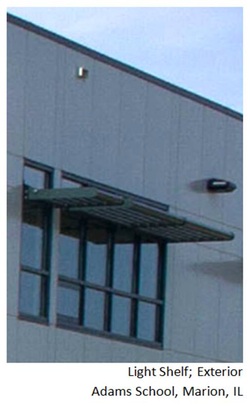|
After many months of freezing cold weather, ice, and snow, we can officially say we are in the ‘Spring’ season! People emerge from their houses and start socializing along the neighborhood streets and in the parks. Everyone’s moods brighten as the sun now not only shines, but warms their faces as they bask in it. That effect is the glory of natural light and how it makes us feel Bringing the outdoors, inside, is our focus today. Not just bringing a potted plant indoors, (though that is part of it), but incorporating natural elements into Interior Design and Architecture, and how it effects psychology and can provide energy cost savings. In the last blog it was mentioned that displaying nature images in a healthcare facility can increase the process of recovery. It also improves the moods of people within the space. It is about designing an environment that creates a connection between humans, the built environment, and nature. In schools, for instance, blinds and other window treatments are often used to reduce the glare that the natural light gives when shining into the space. However, glass with non-glare film can be specified, or the design can include light shelves, which use direct sunlight to the advantage of the space by reflecting it off the shelf’s top surface and directing it to the ceiling and reducing glare and utilizing natural lighting. Incorporating natural light in a space may increase the work ethic of people within the space, improve their moods, and foster positive attitudes.  We have talked about ways to harvest daylight, but there is a specific process called Daylight Harvesting that we also like to incorporate in design. Daylight harvesting can utilize sensors in a space that register the light levels from outside and use dimming to adjust the interior fixtures that are closest to the natural lighting source. This conserves energy and helps assure a more uniformly distributed light through the space. Another energy saving measure is to provide dimmable LED Lighting. LED Lighting can closely resemble the same color temperature as natural sunlight and not render the bluish tint that fluorescent lighting does. Color temperatures over 5,000K are called cool colors (bluish white), which are frequently used to enhance concentration in offices, while lower color temperatures (2,700–3,000 K) are called warm colors (yellowish white through red) and is often used in public areas to promote relaxation (1, 2). This design approach of providing dimmable LED lighting enhances lighting uniformity throughout a space, requires minimal maintenance, and has a longer lifetime than any other fixture type. Although most sustainable products like LED lighting are more expensive than fluorescents, fluorescent lighting has a rated life of about 20,000 hours, when LED can easily get you 100,000 hours, therefore saving you money in the long run. It is also a similar situation with flooring. You can spend more money up front for a flooring product that is more sustainable and that has low to no maintenance requirements, or purchase a less expensive product and incur costly repairs and protection over the course of its shorter lifetime. Now, take a break, and go breathe in some fresh air! Then, call us for a design consultation. Thanks for reading!  Jessica L. Folmar Interior Designer Hurst-Rosche Engineers, Inc. Design Architects, Inc. References:
1. Rudiger Pashotta (2008). Encyclopedia of Laser Physics and Technology. Wiley-VCH. P. 219. ISBN 978-3-527-40828-3. 2. http://www.handprint.com/HP/WCL/color12.html Copyright 2009 Bruce MacEvoy.
0 Comments
Your comment will be posted after it is approved.
Leave a Reply. |
|



